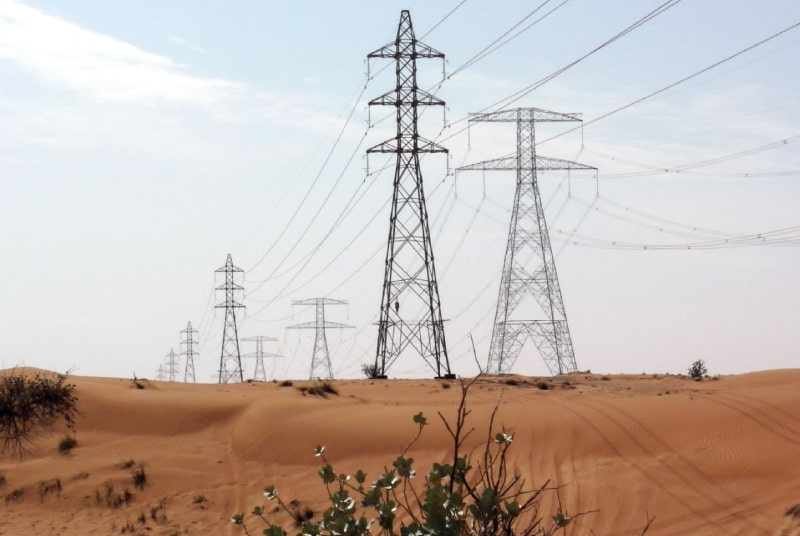-
Demand for energy increased in the first five months of 2021 to 16,467 gigawatt hours, compared to 14,988 GWh in the same period of 2020
-
Peak load also increased to 7,966 MW, compared to 7,248 MW in the same period
Dubai has recorded a year-on-year increase of around 10 percent in energy demand growth until the end of May 2021, Dubai Electricity and Water Authority MD & CEO Saeed Mohammed Al Tayer was quoted by local reports on Wednesday, June 2, as saying.
He added that Dubai had also seen a 10 percent rise in the peak load of electricity, said the reports.
Demand for energy increased in the first five months of 2021 to 16,467 gigawatt hours, compared to 14,988 GWh in the same period of 2020.
Peak load also increased in Dubai from January until the end of May 2021 to 7,966 MW, compared to 7,248 MW in the same period of 2020.
“The increase in energy demand and peak load in Dubai is a testament to the economic recovery and the comeback of various vital activities in the Emirate. It indicates that the UAE is moving steadily towards promoting economic prosperity and decent living for all citizens and residents,” said Al Tayer.
“DEWA’s installed capacity has reached 12,900 MW of electricity and 490 million imperial gallons per day (MIGD) of desalinated water,” he added.
It has also “reduced losses in electricity transmission and distribution networks to 3.3 percent, compared to 6-7 percent recorded in Europe and the USA,” he said, adding: “Water network losses decreased to 5.1 percent, compared to 15 percent in North America.”







